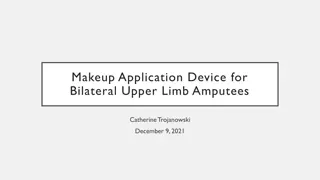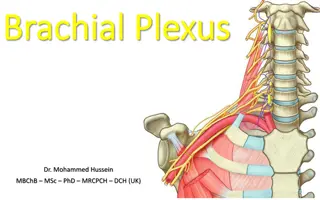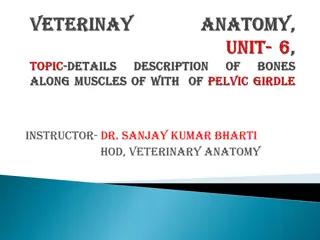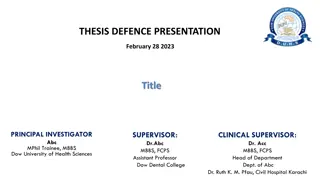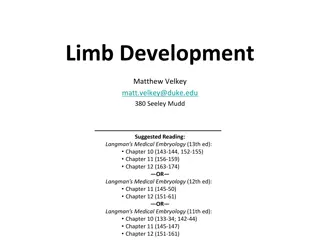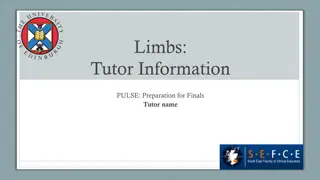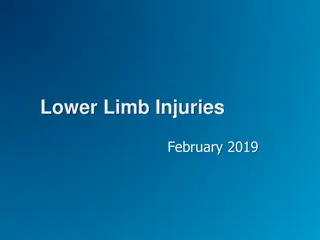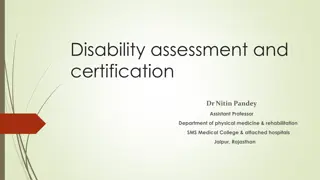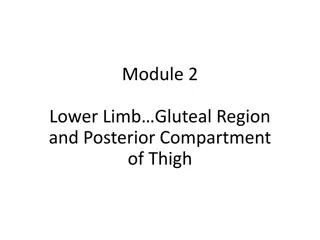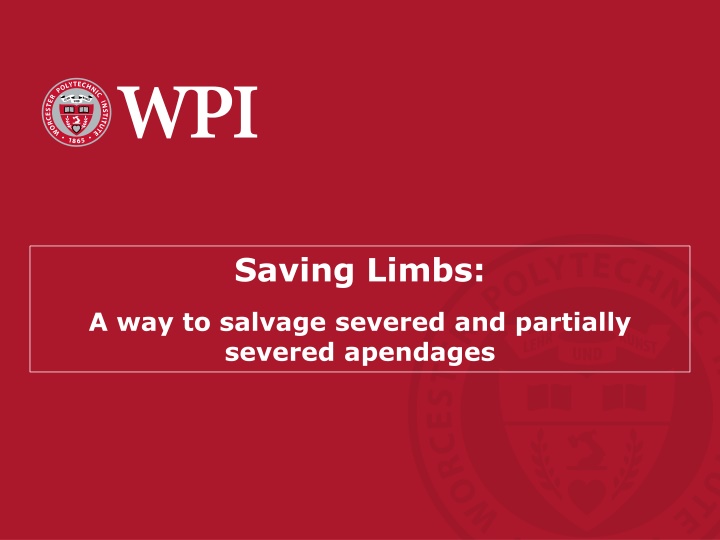
Innovative Limb Salvage System for Trauma Care Transformation
Explore the groundbreaking project aiming to revolutionize trauma care by developing a portable and effective system for limb salvage, ultimately improving recovery and quality of life for patients worldwide.
Download Presentation

Please find below an Image/Link to download the presentation.
The content on the website is provided AS IS for your information and personal use only. It may not be sold, licensed, or shared on other websites without obtaining consent from the author. If you encounter any issues during the download, it is possible that the publisher has removed the file from their server.
You are allowed to download the files provided on this website for personal or commercial use, subject to the condition that they are used lawfully. All files are the property of their respective owners.
The content on the website is provided AS IS for your information and personal use only. It may not be sold, licensed, or shared on other websites without obtaining consent from the author.
E N D
Presentation Transcript
Saving Limbs: A way to salvage severed and partially severed apendages
Advisor: Raymond Page, PhD rpage@wpi.edu Collaborator: Giorgio Giatsidis, MD, PhD Plastic Surgery Division, UMMS giorgio.giatsidis@umassmed.edu Area of study : Medical Devices Expertise required: Needed: Mechanical engineering, Biomedical engineering, Device prototyping, Electrical engineering, Entrepreneurial spirit, Vision to improve healthcare 4 student multidisciplinary team preferred
Mission We aim to transform best practice in trauma care for both civilians especially in rural areas or during natural disasters and mass casualties- and wounded soldiers. Ultimately, our innovation will save people s limbs and even their lives. We will also improve recovery and quality of life for everyone who has undergone surgery or has had an injury. We will do this by leveraging technical innovation and creative problem solving to re-invent injury icing and by developing an effective, simple, and portable device for limb salvage. It s 2023, we can (and we will) do better than ice packs and bulky coolers. Problem It is well known that controlled cooling is a powerful method to mitigate tissue inflammation and damage after any injury. Cooling also controls pain. Yet, you would be surprised but today the best practice in trauma care to preserve amputated tissues (arms. Legs, hands, etc.) is still to place them in buckets with water and ice while they are transported to a hospital. Even worse, when limbs are severely traumatized but not amputated best practice is the use of classic ice-packs (!). In less dramatic cases, whenever someone experiences a mild to moderate injury or undergoes an operation ice-packs are often still the only solution. A slightly fancier alternative is the use of semi-portable coolers with pumps to circulate cooled water; these products are typically used after orthopedic surgeries (knee, shoulder). Commercial examples are the DonJoy Iceman or the GameReady system. As you can imagine, all these systems have substantial limitations. Ice is not always available everywhere (you would need a freezer), certainly not in rural areas or on the battlefield but is also not practical on a helicopter or an ambulance. Icepacks last a very short time provide limited cooling. To provide prolonged, high-level cooling you would need a tremendous amount of them. Coolers with pumps are not practical, require a power supply, cannot precisely control the cooling provided, and are not really portable (might be used at home but with the patient/person unable to move around). My team has been addressing this issue for the last seven years at least. These efforts have been supported by both foundations and the Department of Defense.
Project goals Based on the problem, define the need Formulate and communicate an N A B C Value Proposition Develop a system that can eventually enable salvage of partial or completely severed limbs upon reattachment surgery. The system must be portable and light weigh such that it can be integrated into existing first responder trauma care settings. Develop the most effective and user-friendly approach to deliver the treatment in different scenarios and conditions. Although we have explored Overall, this will be a partnership in which you will have both total support but also freedom to operate. As our animal studies will progress in parallel, you will also be able to design early prototypes to be directly validated in rat and pig models. Significant IP is expected. From a regulatory standpoint, the final device will likely be an FDA Class II medical device and fall into a 501(k) approval pathway: this means rapid translation to patient care and market. We aim for this project to ultimately lead to a spin-off small business, with potential opportunities for those of you interested to also take a lead in continuing bringing the technology to commercialization. Applications Any traumatic injury that currently receives (or is not able to receive) cooling therapy: from most severe amputations to moderate contusions, from the road accident to the knee surgery to an injured professional athlete. The medical target population/market is huge. We have a good collaboration with the Department of Defense and leading medical centers locally, regionally, and nationally. A possible secondary target/market could be to actually replace ice-packs in any household. There are other spin-offs applications both within and outside medicine that we can discuss.
CIVILIAN /MILITARY /RURAL TRAUMA CARE LIGHTWEIGHT EFFICIENT FULLY-WEARABLE SYSTEM ORTHOPEDIC CARE FIRST AID


